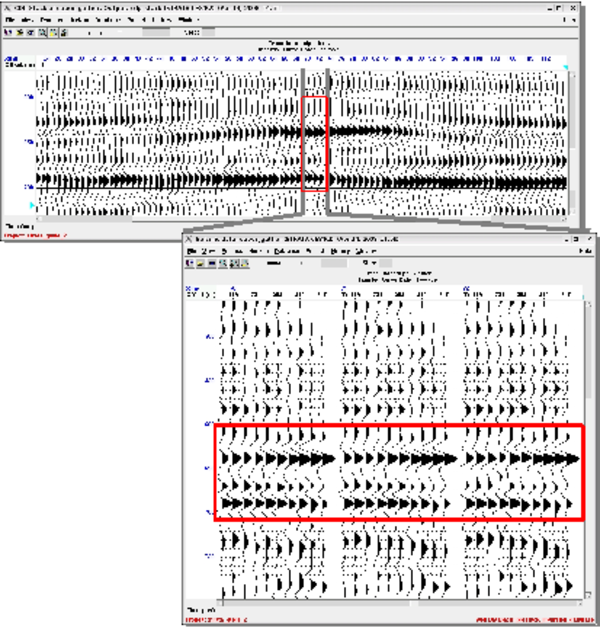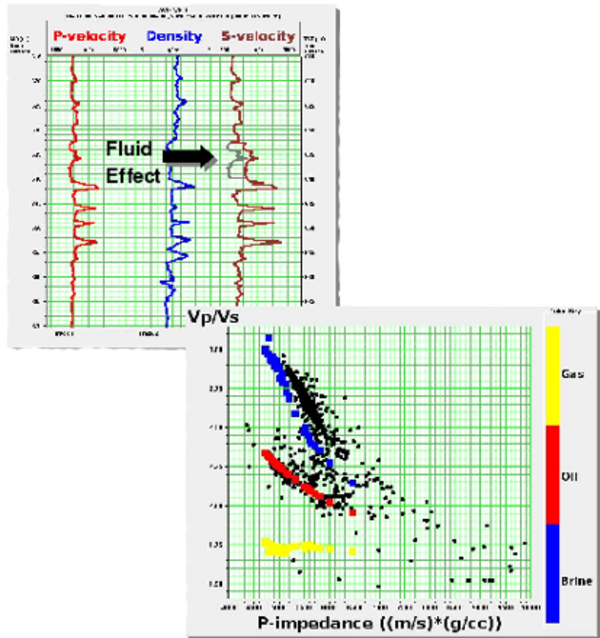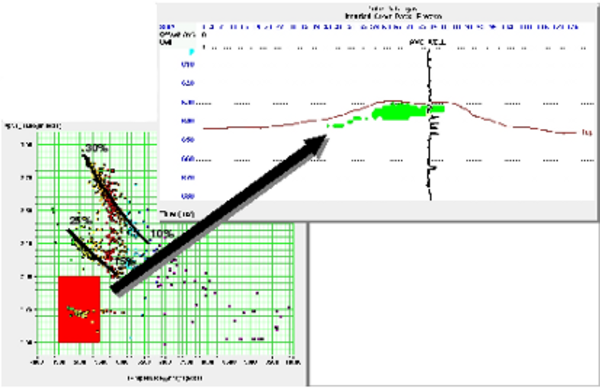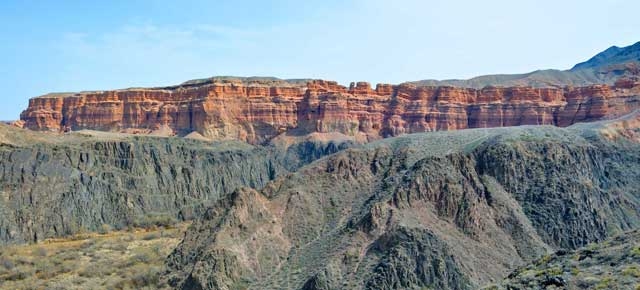Contact
DMT Petrologic GmbH & Co. KG
Karl-Wiechert-Allee 76
30625 Hannover, Germany
Phone: +49 511 5413917
E-Mail: info dmtpetrologic.com
dmtpetrologic.com
Pre-Stack Inversion
Pre-stack inversion transforms seismic angle or offset data into P-impedance, S-impedance and density volumes through integration of the seismic angle/offset gathers, well data and a basic stratigraphic interpretation. Other combinations of elastic parameters such as P-impedance, Vp/Vs ratio and density are equally possible. Typically two components (e.g. P-impedance and Vp/Vs ratio) are reliable, depending on target and acquisition, and can be used to predict reservoir properties away from well control.
Simultaneous seismic inversion offers several benefits :
- The output components are layer properties, whereas seismic data is an interface property.
- Reduction of wavelet effects, tuning and side lobes. Hence enhanced resolution of the sub-surface layers.
- The output components are physical rock properties. They can be directly compared to well log measurements and allow a physically motivated link to reservoir properties.
- Compared with post-stack inversion an additional dimension is available for lithology and fluid fill discrimination.
- As amplitude variations for different angles/offsets are modeled during the inversion and not averaged in the stacking process, usually the P-impedance inversion is improved.
The data input to a pre-stack inversion project typically consists of a set of wells, containing sonic, shear and density logs, optional check shots, formation markers and deviation surveys, a series of interpreted horizons and seismic offset or angle gathers.

- Generate P-impedance and Vp/Vs ratio volumes from 3D seismic
Relate elastic parameters from seismic to reservoir properties such as lithology, porosity, fluid fill
Enhance the reservoir property discrimination of P-impedance by an additional dimension
Avoid cross offset or angle smearing during stacking
The inversion is performed with the CGG Veritas Hampson-Russell software modules GeoView, eLog, AVO and STRATA.

- Avoid stacking smearing
Although stacking generally improves the signal to noise ratio, the stacked section does not necessarily represent the real normal incidence reflectivity. For data with AVO effects this can cause problems during well-tie and wavelet estimation. And where reÂflectivity variations are averaged out, the inverted P-impedance diverges from the true P-impedance.

- Fluid substitution
Different fluid fill might cause different seismic responses. Through fluid replacement modeling, the impact of fluid changes on the elastic properties can be analyzed. Combined with synthetic seismic generation fluid replacement modeling allows the evaluation of AVO effects. Further-more, it is an important step in the log synthesis for missing or poor well log measurements.

- Analysis
The combination of sedimentologic and diagenetic models with fluid replacement models can provide rock physics templates to predict lithology and hydrocarbon. Gas sands, for example, might show similar P-impedance properties as wet sands and the other lithologies in a particular region. However, they might be discriminated through their lower Vp/Vs ratio.
